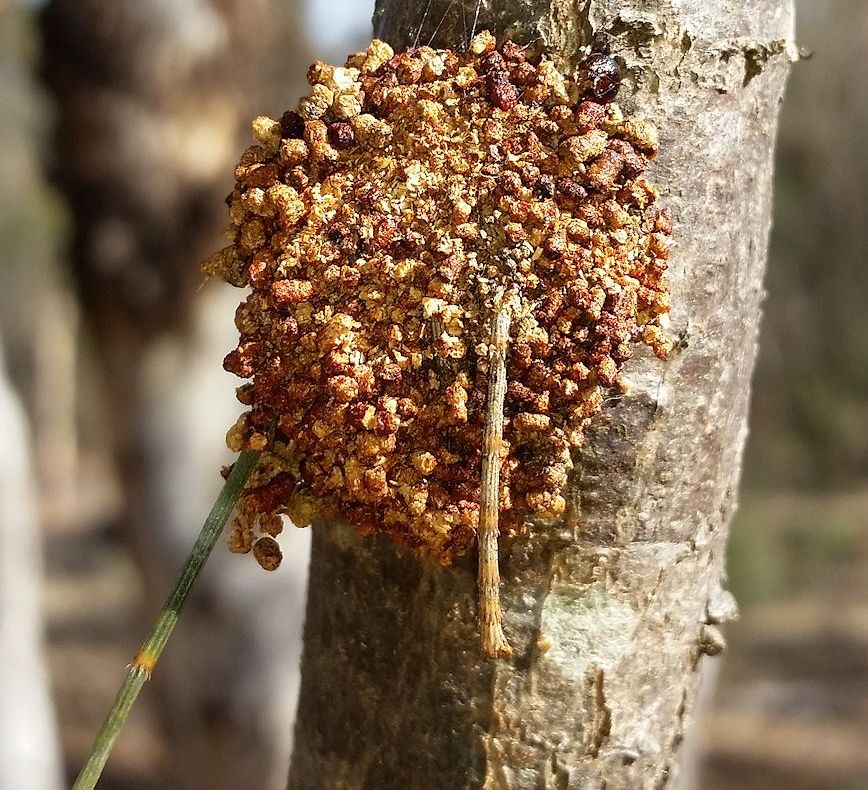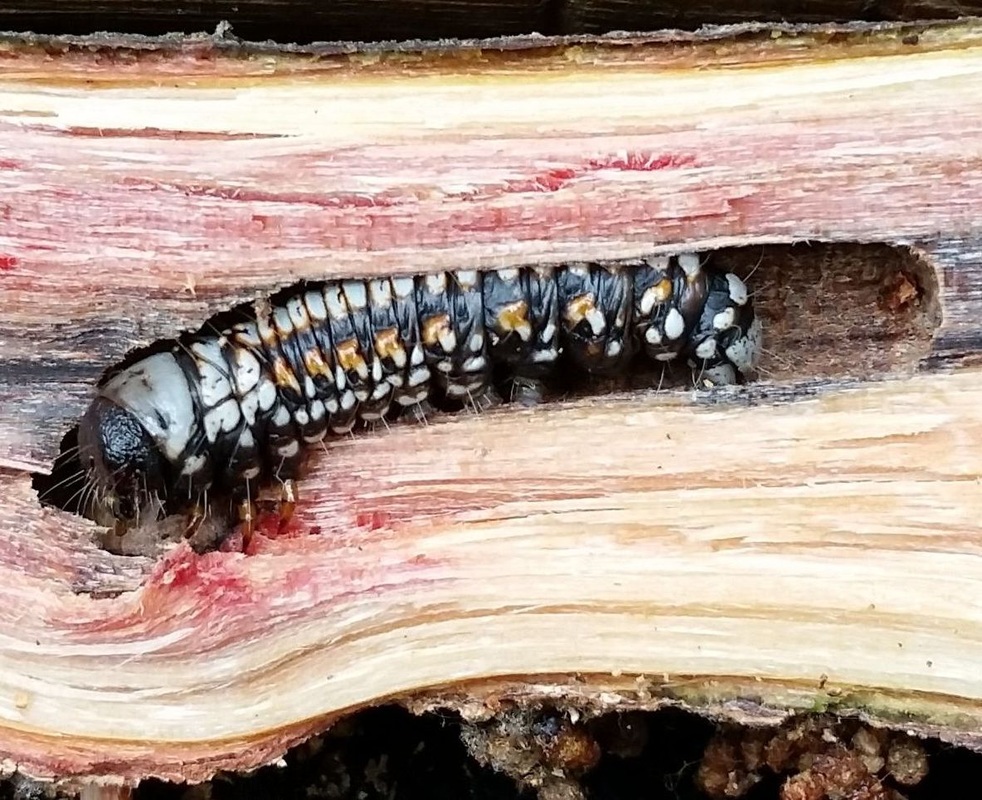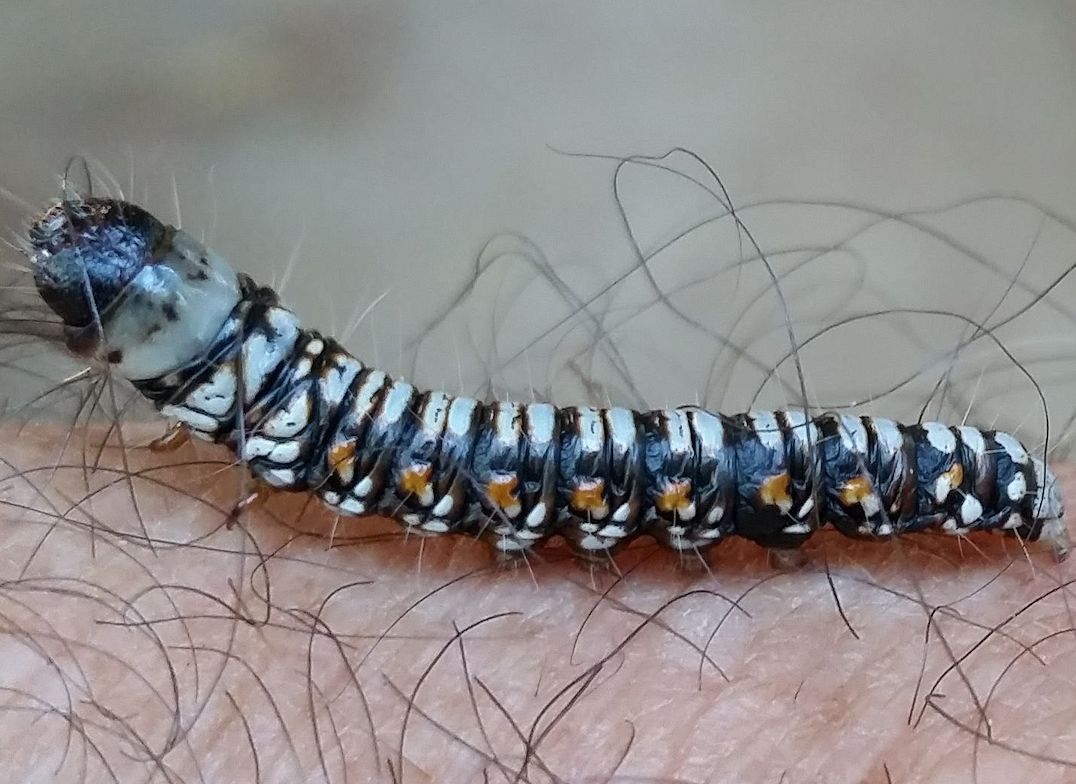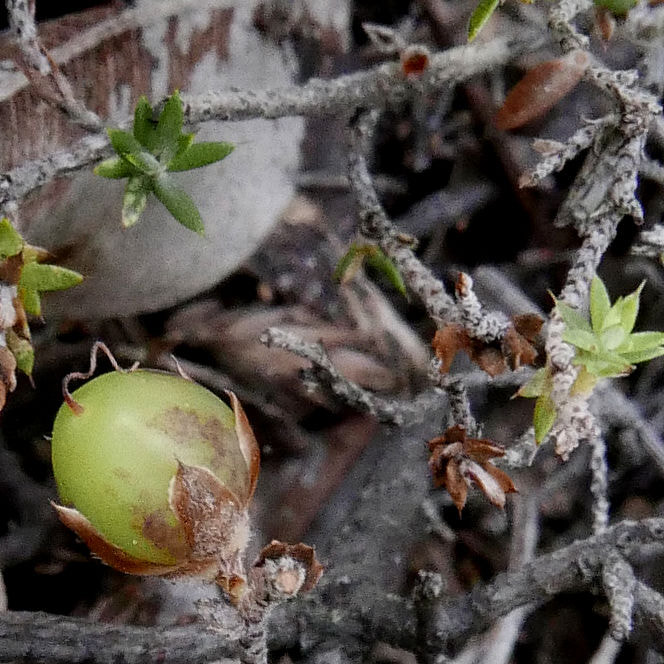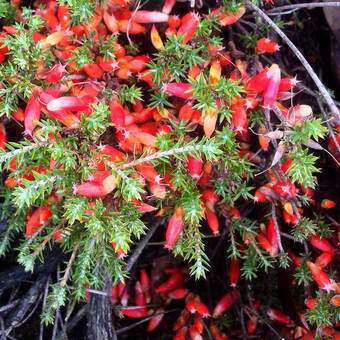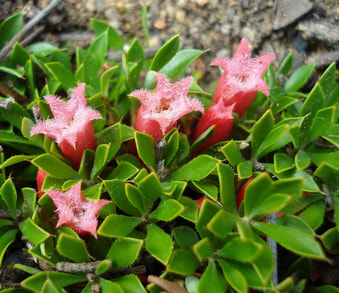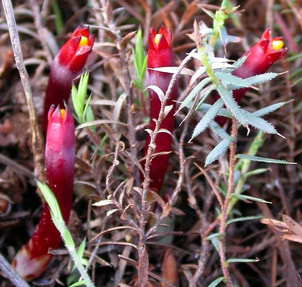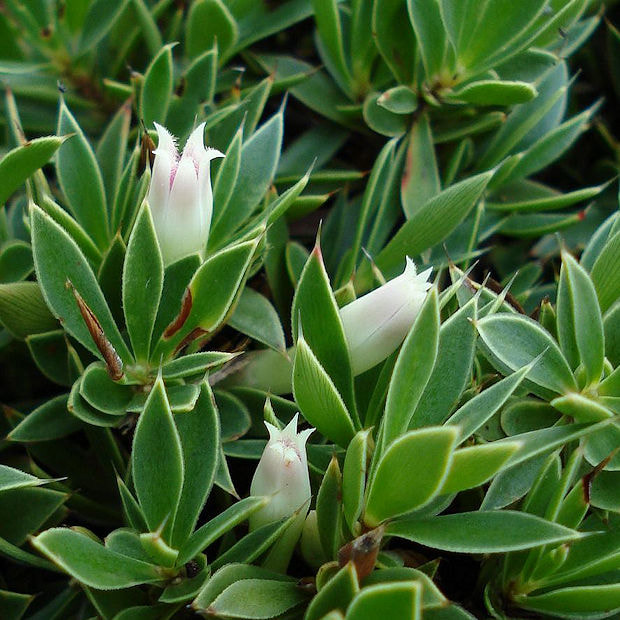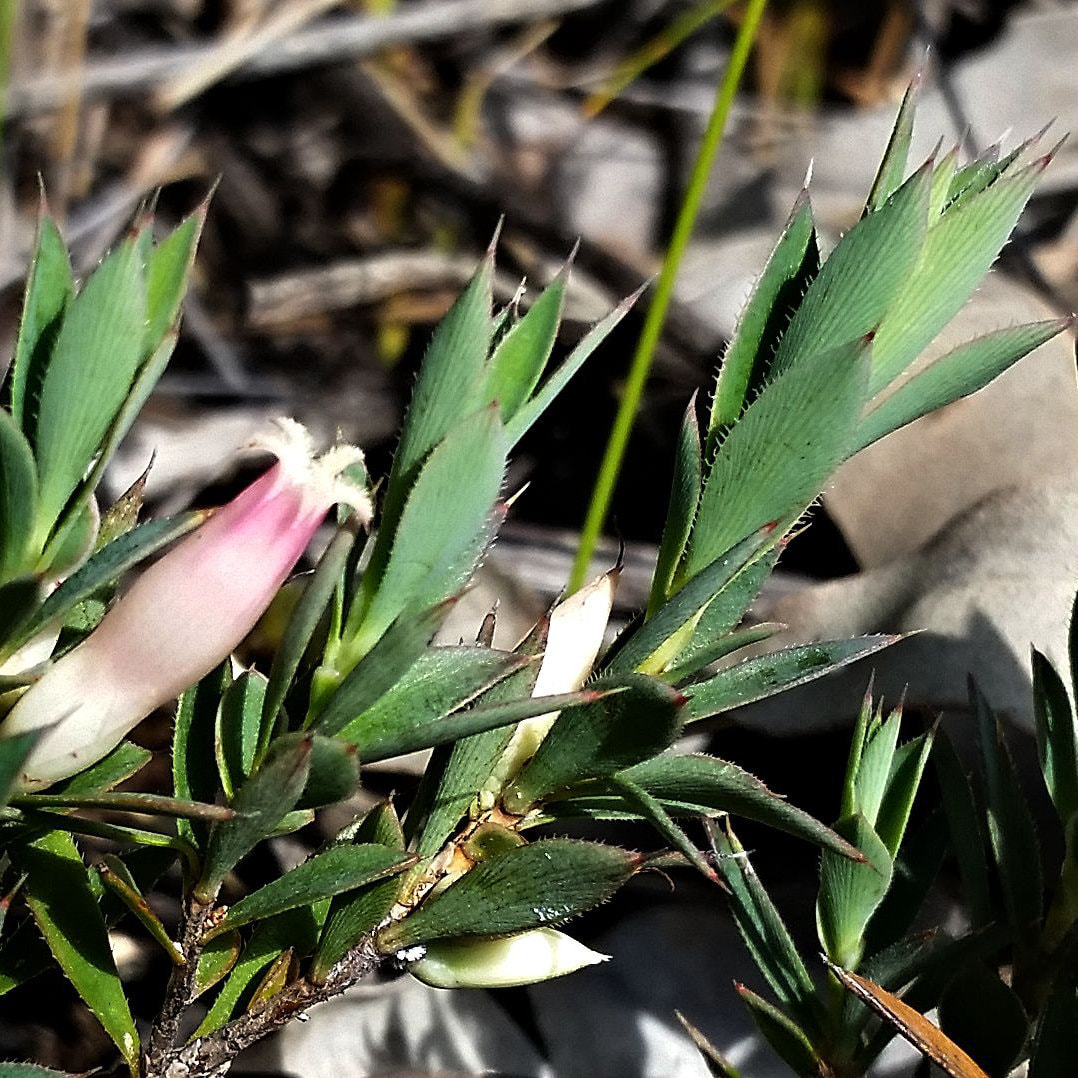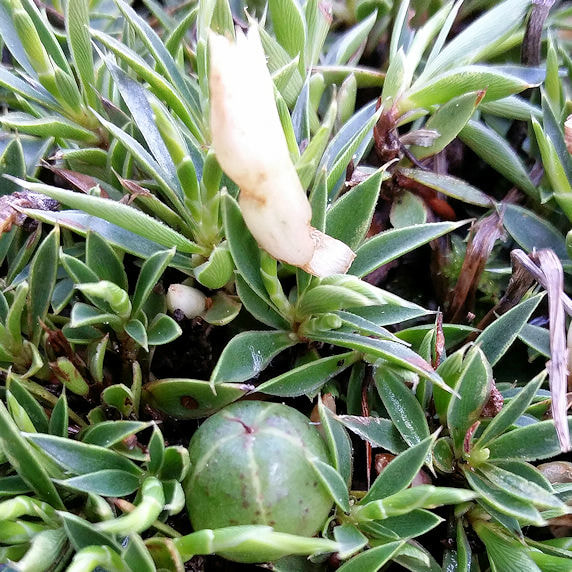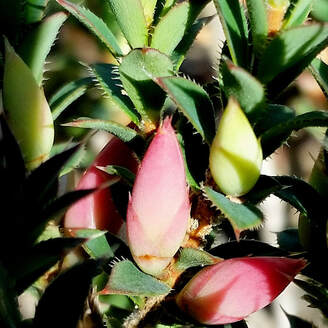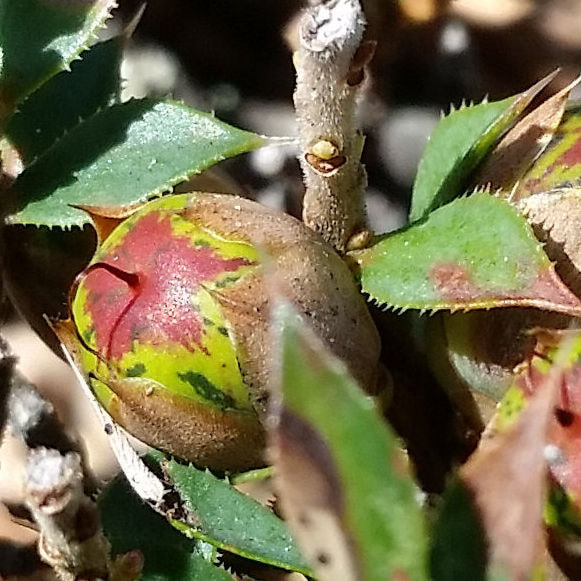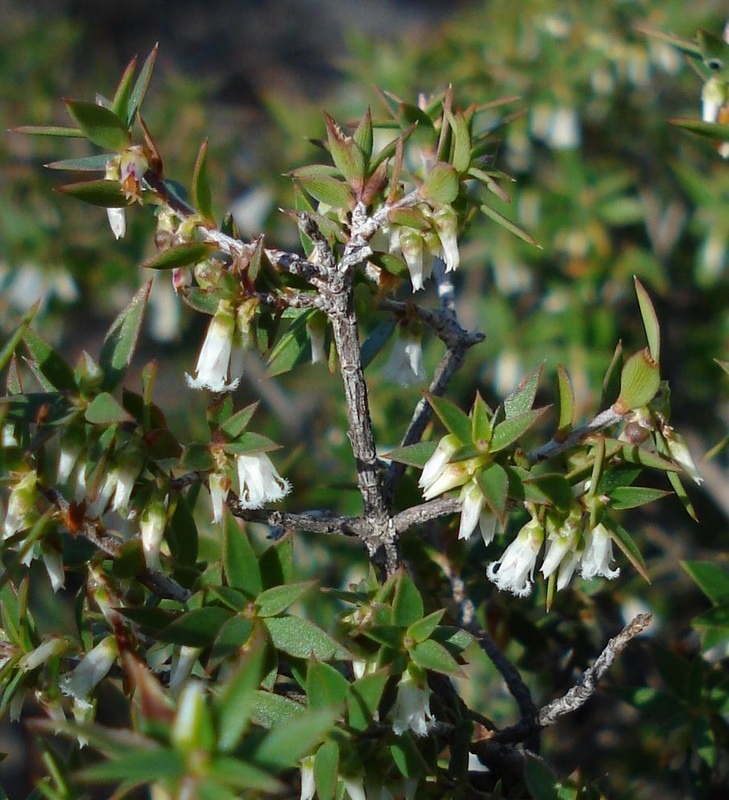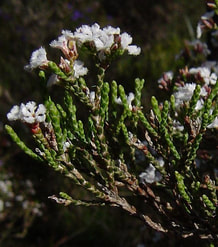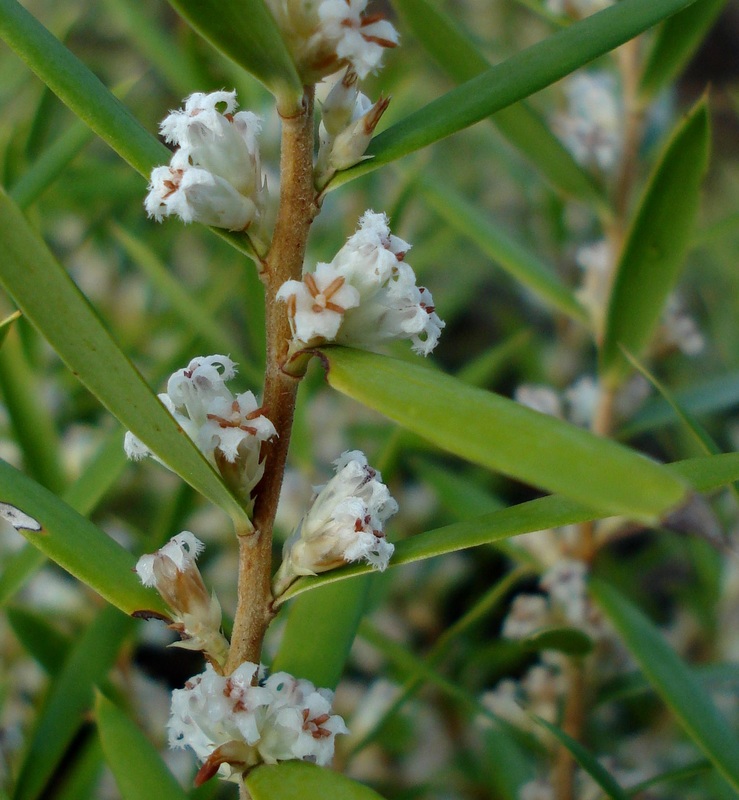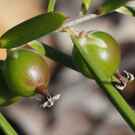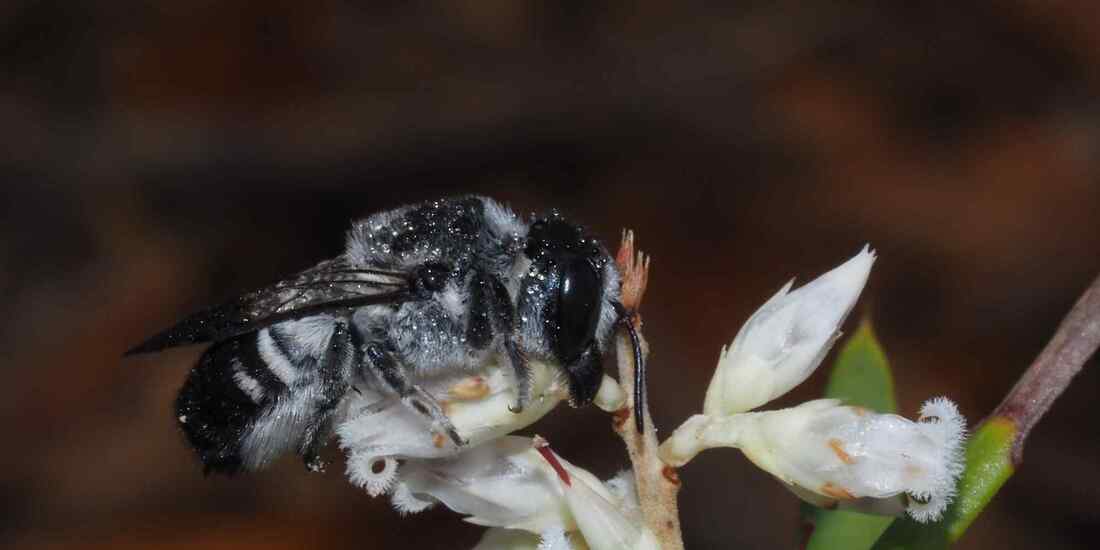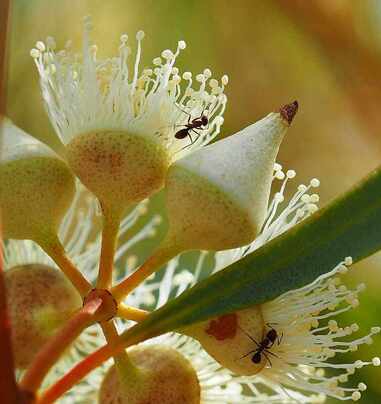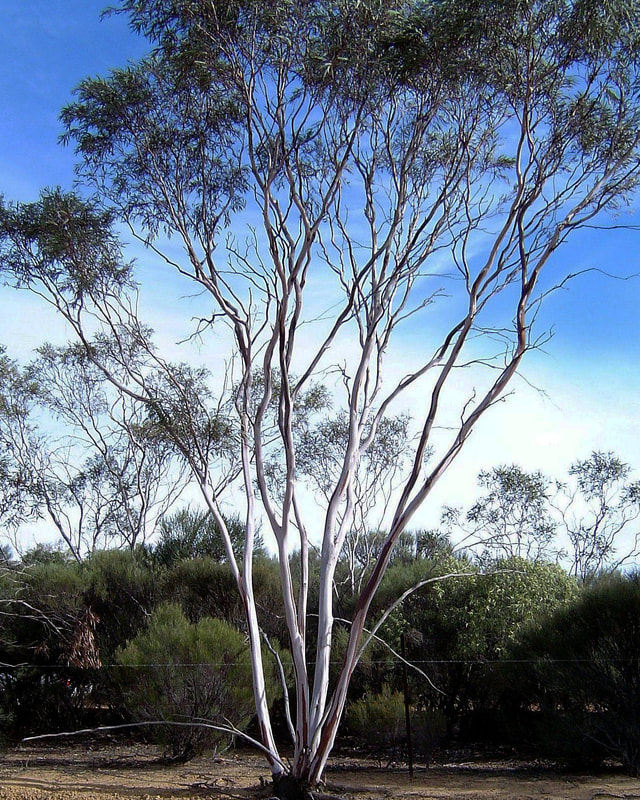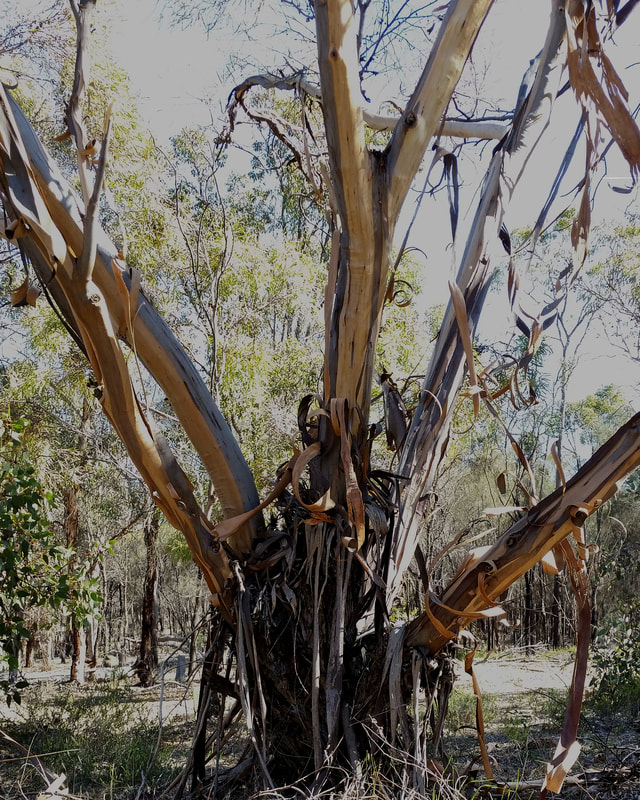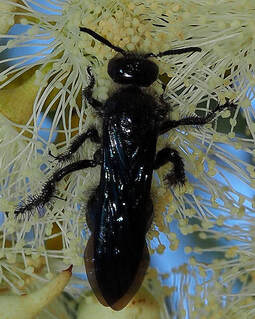Have you ever noticed grainy looking protuberances on the trunks of small rock sheoak trees? They belong to the caterpillar of a Cryptophasa species wood moth. They are also called hermit moths and Cryptophasa means ‘eating in private’ (scientists enjoy using cryptic language).
The caterpillar lives alone in a purely residential burrow in a tree branch that has a covering of silk, frass (a polite word for poo) and wood borings. At night it drags live needles into its burrow attaching them with silk to the entrance and munches away in safety. They pupate in the burrow and then emerge to mate.
They don’t have much effect on the tree but provide entry for pathogenic fungi.
Cryptophasa is a genus in the family Xylorictidae, that has similarities to family Oecophoridae.(concealer moths)
Both have moths with hairless grubs and moths have long antennae and strongly curved labial palps (look like antennae but lower down the head). Xylorictidae grubs tend to have burrows in wood. Cryptophasa often make webby nests from leaves or bark, but there is overlap between families.
